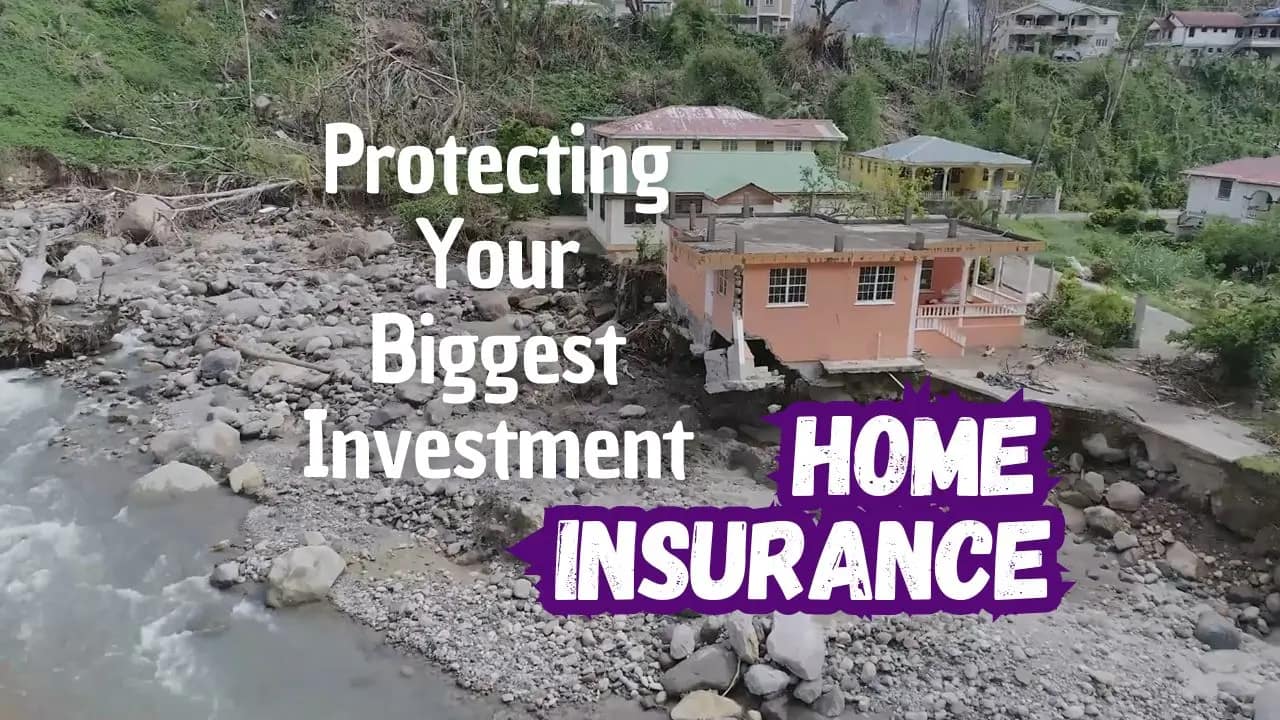Travel insurance is an essential safeguard for anyone planning a trip, offering protection against a variety of unforeseen events such as trip cancellations, medical emergencies, and lost luggage. However, it’s important to understand that travel insurance policies come with certain exclusions—specific situations or conditions that are not covered. Knowing these common exclusions can help travelers make informed decisions and avoid unexpected surprises when they need to file a claim.

Common exclusions in travel insurance typically include pre-existing medical conditions, high-risk activities, and certain destinations. For instance, many policies do not cover medical expenses related to pre-existing conditions unless a waiver is obtained. Similarly, engaging in high-risk activities like extreme sports or adventure travel often requires additional coverage. Additionally, travel to regions with government travel advisories or known risks may not be covered.
Understanding these exclusions is crucial for travelers to ensure they have the appropriate coverage for their needs. By being aware of what is not included in their policy, travelers can take steps to mitigate risks, such as purchasing additional coverage or choosing safer travel options. This knowledge empowers travelers to enjoy their trips with greater peace of mind, knowing they are adequately protected against the unexpected.
Common Exclusions in Travel Insurance
Travel insurance policies often have specific exclusions that are not covered. Here are some common ones:
1. Pre-existing Medical Conditions:
Many policies exclude coverage for medical conditions that existed before purchasing the insurance.
Pre-existing medical conditions are a common exclusion in many travel insurance policies. These are medical issues or illnesses that a traveler had before purchasing the insurance. Insurers often exclude coverage for these conditions to mitigate the risk of claims for ongoing or known health issues, which could be costly.
When a policy excludes pre-existing conditions, it means that any medical expenses or complications arising from these conditions during the trip will not be covered. For example, if a traveler with a known heart condition experiences a related health issue while traveling, the costs associated with treatment may not be reimbursed by the insurance provider.
However, some insurers offer waivers or special coverage options for pre-existing conditions, usually at an additional cost. These options typically require the traveler to meet certain criteria, such as being medically stable for a specified period before the trip. It’s important for travelers to disclose their medical history accurately when purchasing insurance and to understand the terms and conditions of their policy.
By being aware of these exclusions, travelers can make informed decisions about their coverage needs. They may choose to purchase additional coverage or take extra precautions to manage their health while traveling, ensuring they are adequately protected against potential medical expenses.
2. High-Risk Activities:
Activities such as extreme sports, scuba diving, or mountaineering are often excluded unless you purchase additional coverage.
High-risk activities, such as extreme sports, scuba diving, or mountaineering, are often excluded from standard travel insurance policies. These activities carry a higher risk of injury or accidents, which can lead to significant medical expenses and claims. As a result, insurers typically exclude them to manage their risk exposure.
When a policy excludes high-risk activities, it means that any injuries or incidents resulting from these activities will not be covered. For example, if a traveler is injured while bungee jumping or participating in a high-altitude trek, the medical costs and any related expenses would not be reimbursed by the insurance provider.
However, travelers who plan to engage in such activities can often purchase additional coverage specifically designed for high-risk activities. This specialized coverage provides protection for injuries and accidents that occur during these activities, ensuring that travelers are financially protected while pursuing their adventurous interests.
It’s important for travelers to carefully review their insurance policy and understand the exclusions related to high-risk activities. By doing so, they can make informed decisions about purchasing additional coverage if needed, ensuring they have comprehensive protection for their trip. This proactive approach helps travelers enjoy their adventures with peace of mind, knowing they are adequately covered.
3. Civil Unrest:
Traveling to destinations with known civil unrest or political instability may not be covered.
Travel insurance policies often exclude coverage for trips to destinations with known civil unrest or political instability. This exclusion is due to the heightened risks associated with traveling to such areas, including potential dangers to personal safety and increased likelihood of trip disruptions.
When a policy excludes coverage for civil unrest, it means that any claims related to incidents arising from political instability, such as riots, protests, or government actions, will not be covered. For example, if a traveler is caught in a violent protest or if their trip is disrupted due to a sudden political upheaval, the costs associated with these events, including medical expenses, evacuation, or trip cancellations, would not be reimbursed by the insurance provider.
To mitigate these risks, travelers should thoroughly research their destinations and stay informed about the current political climate. Some insurers offer optional coverage for civil unrest, but this typically comes at an additional cost and may have specific conditions or limitations.
Understanding these exclusions is crucial for travelers to ensure they have appropriate coverage. By being aware of the potential risks and exclusions, travelers can make informed decisions about their travel plans and consider purchasing additional coverage if necessary. This proactive approach helps ensure that they are adequately protected against unforeseen events related to civil unrest.
4. Pregnancy-Related Expenses:
Costs related to pregnancy beyond a certain stage are typically excluded.
Travel insurance policies often exclude coverage for pregnancy-related expenses beyond a certain stage, typically around the third trimester. This exclusion is due to the increased medical risks and potential complications associated with late-stage pregnancy, which can lead to significant costs for insurers.
When a policy excludes pregnancy-related expenses, it means that any medical costs or complications arising from the pregnancy after the specified stage will not be covered. For example, if a traveler experiences pregnancy-related issues or requires medical attention during the later stages of pregnancy, the expenses incurred would not be reimbursed by the insurance provider.
However, some policies may offer limited coverage for pregnancy-related expenses during the earlier stages of pregnancy, such as routine check-ups or emergency medical care for unexpected complications. It’s important for travelers to carefully review their insurance policy to understand the specific terms and conditions related to pregnancy coverage.
Travelers who are pregnant or planning to become pregnant should consider these exclusions when purchasing travel insurance. They may need to seek additional coverage or choose policies that offer more comprehensive protection for pregnancy-related expenses. By being aware of these exclusions, travelers can make informed decisions and ensure they have the necessary coverage for their health and wellbeing during their trip.
5. Acts of War and Terrorism:
Most policies do not cover losses due to acts of war or terrorism.
Most travel insurance policies exclude coverage for losses resulting from acts of war or terrorism. This exclusion is due to the unpredictable and high-risk nature of such events, which can lead to substantial financial losses for insurers.
When a policy excludes acts of war and terrorism, it means that any claims related to these events will not be covered. For example, if a traveler is affected by a terrorist attack or caught in a conflict zone, the costs associated with medical treatment, evacuation, or trip cancellations would not be reimbursed by the insurance provider. This exclusion applies to both direct impacts, such as injuries from an attack, and indirect impacts, like travel disruptions caused by heightened security measures.
However, some insurers offer optional coverage for terrorism-related incidents, typically at an additional cost. This specialized coverage may provide protection for certain types of losses, such as medical expenses or trip interruptions, but it often comes with specific conditions and limitations.
Understanding these exclusions is crucial for travelers, especially when planning trips to regions with known risks of conflict or terrorism. By being aware of the limitations of their coverage, travelers can make informed decisions about their travel plans and consider purchasing additional coverage if necessary. This proactive approach helps ensure they are adequately protected against the potential financial impacts of such events.
6. Self-Inflicted Injuries:
Injuries resulting from self-harm or suicide attempts are generally not covered.
Travel insurance policies generally exclude coverage for injuries resulting from self-inflicted harm or suicide attempts. This exclusion is in place because such incidents are considered preventable and fall outside the scope of unforeseen events that insurance is designed to cover.
When a policy excludes self-inflicted injuries, it means that any medical expenses, emergency services, or other costs associated with self-harm or suicide attempts will not be reimbursed by the insurance provider. For example, if a traveler requires medical treatment due to a self-inflicted injury, the costs incurred would not be covered under their travel insurance policy.
This exclusion underscores the importance of understanding the terms and conditions of an insurance policy before purchasing it. Travelers should be aware of what is and isn’t covered to avoid unexpected financial burdens in the event of an incident.
It’s also crucial for travelers to seek appropriate support and resources if they are experiencing mental health challenges. Many insurance policies do offer coverage for mental health support and counseling services, which can provide valuable assistance and help prevent self-harm.
By being informed about these exclusions, travelers can make better decisions regarding their insurance coverage and ensure they have access to the necessary support and resources for their wellbeing during their trip.
7. Travel to Restricted Areas:
Traveling to countries or regions on “Do Not Travel” lists may void your coverage.
Travel insurance policies often exclude coverage for trips to countries or regions listed on “Do Not Travel” advisories. These advisories are issued by governments or international organizations based on various risk factors, including political instability, civil unrest, terrorism, and health hazards.
When a policy excludes travel to restricted areas, it means that any claims related to incidents occurring in these regions will not be covered. For example, if a traveler visits a country under a “Do Not Travel” advisory and encounters an emergency, such as a medical issue or evacuation need, the associated costs would not be reimbursed by the insurance provider. This exclusion applies to both direct impacts, like injuries from violence, and indirect impacts, such as travel disruptions due to heightened security measures.
To mitigate these risks, travelers should thoroughly research their destinations and stay updated on current travel advisories. Some insurers offer optional coverage for travel to high-risk areas, but this typically comes with additional costs and specific conditions.
Understanding these exclusions is crucial for travelers to ensure they have appropriate coverage. By being aware of the potential risks and exclusions, travelers can make informed decisions about their travel plans and consider purchasing additional coverage if necessary. This proactive approach helps ensure they are adequately protected against unforeseen events in restricted areas.
Conclusion:
Understanding the common exclusions in travel insurance is crucial for making informed decisions and avoiding unexpected surprises. Key exclusions often include pre-existing medical conditions, high-risk activities, natural disasters, and acts of war or terrorism. By thoroughly reviewing your policy and being aware of these limitations, you can ensure better coverage and peace of mind during your travels. Always read the fine print and consult with your insurance provider to clarify any doubts. Safe travels!




















1 thought on “Travel Insurance Exclusions You Should Know About”